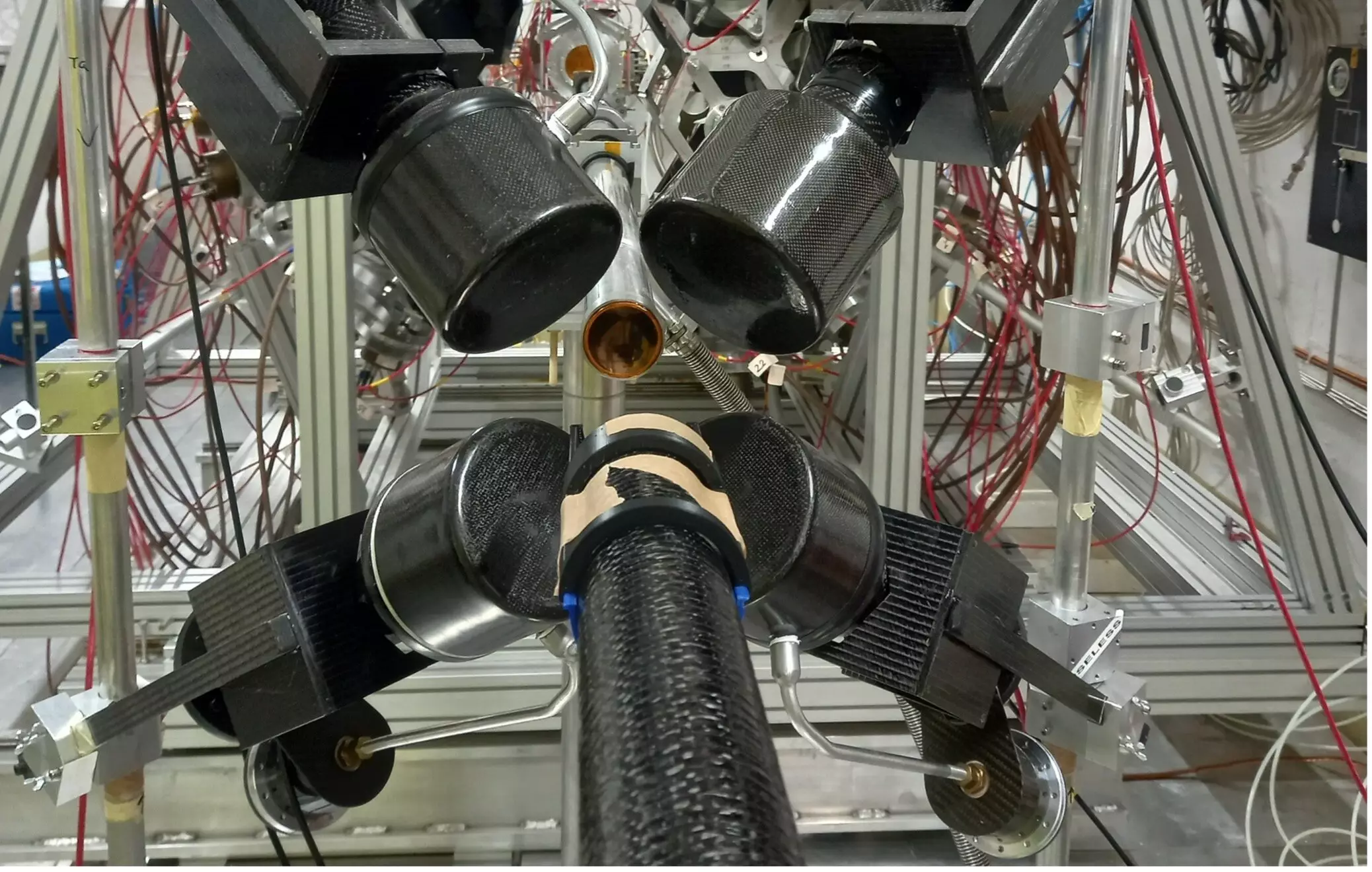Throughout the universe, there are elements that play significant roles in various processes. One such element is cerium, a rare Earth metal that has captivated the attention of scientists due to its technological applications. From lightbulbs to flat-screen TVs, cerium is utilized in a variety of ways. However, despite its prevalence in technology, the synthesis of cerium in stars remains a mystery.
Recently, the n_TOF collaboration at CERN ventured into the realm of cerium production in stars. Their study, published in Physical Review Letters, shed light on the mechanisms behind cerium synthesis, challenging previously held theories. Lead author Simone Amaducci emphasized the groundbreaking nature of the research, stating, “The measurement we carried out enabled us to identify nuclear resonances never observed before in the energy range involved in the production of cerium in stars.”
To understand the production of elements heavier than iron in stars, scientists have proposed two neutron capture processes: the slow (s) process and the rapid (r) process. The prevalence of elements like cerium in stars is attributed to the s process, which operates at a neutron flux of 10 million neutrons per cubic centimeter. The study at CERN aimed to delve into the specifics of cerium production by analyzing the nuclear reaction of cerium 140 with a neutron to produce isotope 141.
The results of the study have significant implications for astrophysics, challenging previous assumptions about cerium nucleosynthesis. The discrepancy between theoretical models and observational data of cerium in stars led to the discovery of new nuclear data that differs by up to 40% from existing databases. This revelation prompts a reevaluation of the role of the s process in cerium abundance in the universe, potentially necessitating the consideration of additional physical processes in stellar evolution calculations.
The study on cerium production in stars represents a paradigm shift in our understanding of the universe’s chemical composition. By unraveling the mysteries behind cerium nucleosynthesis, scientists are paving the way for a deeper exploration of stellar evolution and the formation of heavier elements in galaxies. The implications of this research extend far beyond the realm of astrophysics, offering new insights into the fundamental building blocks of the cosmos.


Leave a Reply